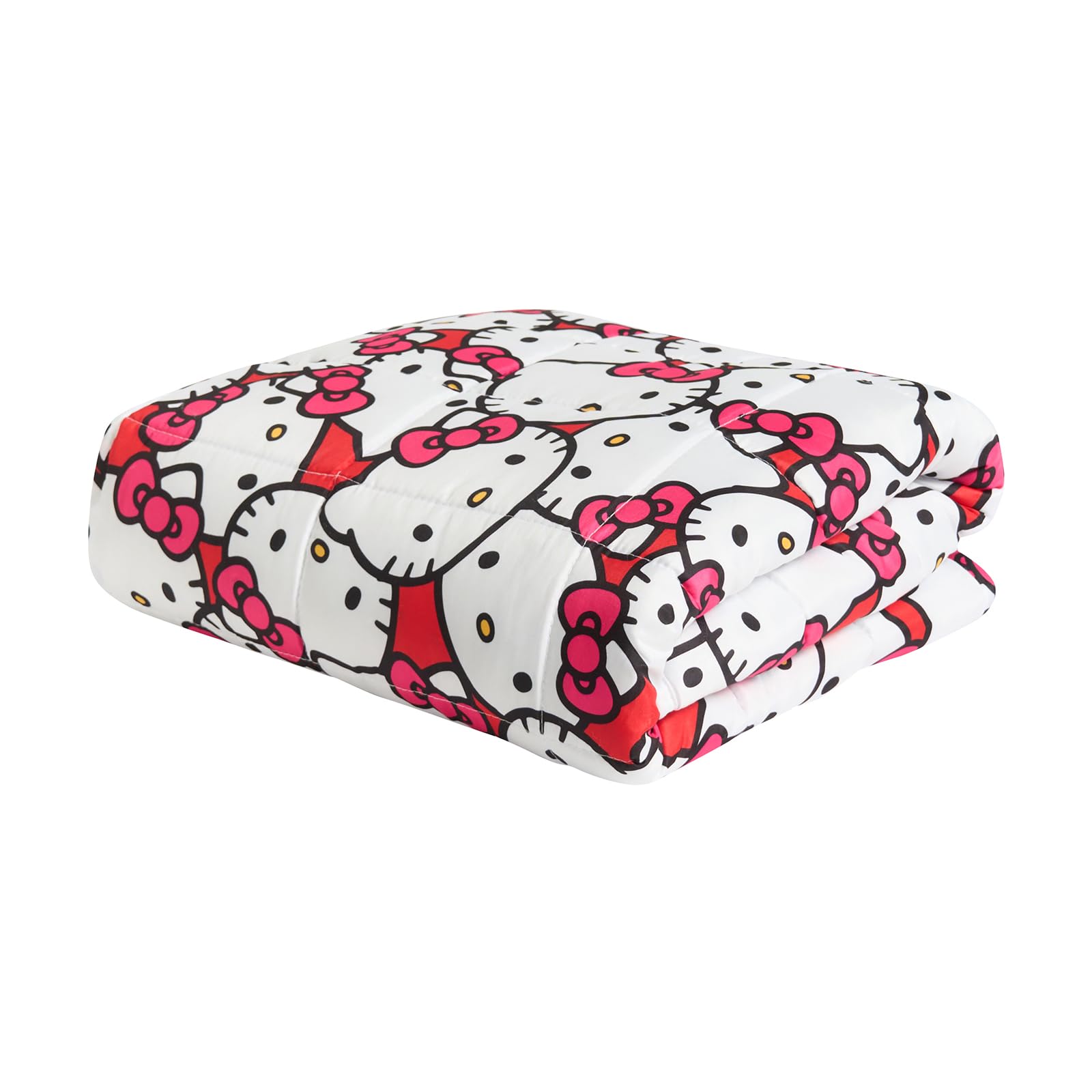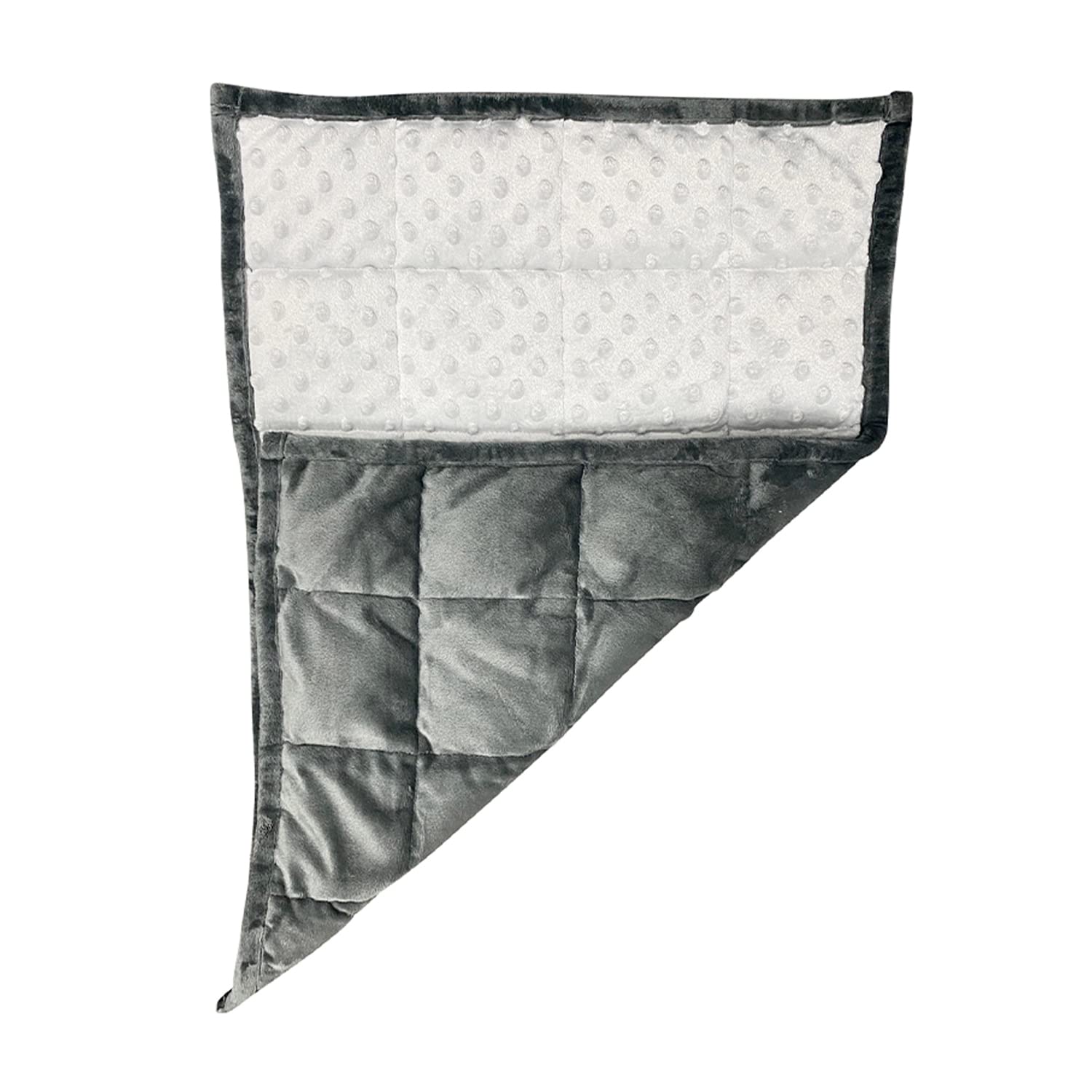Weighted blankets bring calm, yet many hot sleepers worry they will overheat under extra layers. You can have the soothing pressure without the stuffy nights by choosing breathable covers, lighter weights, and smart layering. This guide explains why some designs run cooler, what fabrics to choose, and how to pair your blanket with sheets and duvets so you sleep comfortably through UK seasons.
Deep pressure comfort comes from weighted blankets with breathable covers.
Why weighted blankets feel warm
Any layer that sits close to the body can trap heat. Plush covers hold warmth, and heavy knits reduce airflow. Some people choose the heaviest weight available thinking it will work best, then find it too warm and restrictive. The fix is to look at breathability first and pick a weight you can move easily. Pressure is calming even at lower weights when the cover breathes and the size focuses weight over your body rather than hanging off the sides.
Breathable covers and lighter fills
Prioritise covers made from cotton or bamboo viscose. These fabrics wick moisture and feel cooler against the skin. Choose glass bead fills that distribute evenly and do not insulate like thick batting. Avoid heavy fleece for summer use. If your blanket has a removable cover, keep a lighter one for warmer months and a cosy one for winter. That simple swap changes how the blanket feels without altering the weight you have learned to enjoy.
Weight and size choices for hot sleepers
Start at the lower end of the usual ten percent rule. If you are around seventy kilograms, a six to seven kilogram blanket is often enough. Choose a size that covers you without overhang so weight is focused and does not trap heat along the sides. Smaller sizes are easier to air during the day, which keeps bedding fresher in humid months.
Layer with breathable sheets and lighter duvets
Cooling comes from the whole bed, not the blanket alone. Pair your blanket with crisp cotton percale sheets and a duvet with a lower tog in summer. Some people skip the duvet entirely and use the weighted blanket and a sheet on warm nights. In winter, keep the lower tog but add the blanket for pressure and a cosy feel. Adjust the balance until nights feel even without waking hot.
Evening routines that help
Pre cool your bedroom by opening windows in the evening or using a small fan to move air. Keep a glass of water nearby and avoid heavy pyjamas. Many UK homes run a dehumidifier in winter, which can make rooms feel less sticky. Comfortable humidity helps a breathable blanket feel cooler at the same temperature, so you get the calming pressure without the clammy feel.
Care and freshness
Wash removable covers regularly and air the blanket daily. Clean fabric wicks better. If your insert allows, tumble on low with clean tennis balls to redistribute fill after washing. Make sure the blanket is completely dry before use to avoid lingering dampness that can feel warm and uncomfortable.
We select breathable covers, even bead distribution, and sensible weights in our guide to weighted blankets for hot sleepers. For lighter bedding to match, see our guides to cool sheets and summer duvets.
Breathable covers and glass bead fills are common in weighted blankets for hot sleepers. Cooler setups usually pair with cool sheets and lighter summer duvets.
FAQs
What weight is best if I sleep hot?
Start a little lower than ten percent of body weight and focus on breathable covers. Many hot sleepers settle one step lighter than the standard recommendation.
Do cooling gels help?
They can feel cool for a moment but do not remove heat. Breathable covers, lighter weights, and good room airflow make a bigger difference over a full night.
Can I use a weighted blanket without a duvet?
Yes. In summer, many people use a weighted blanket over a sheet. In winter, keep a low tog duvet and add the blanket for pressure without excessive warmth.





